Altered perivascular fibroblast activity precedes ALS disease onset
- PMID: 33859435
- PMCID: PMC7613336
- DOI: 10.1038/s41591-021-01295-9
Altered perivascular fibroblast activity precedes ALS disease onset
Erratum in
-
Publisher Correction: Altered perivascular fibroblast activity precedes ALS disease onset.Nat Med. 2021 Jul;27(7):1308. doi: 10.1038/s41591-021-01414-6. Nat Med. 2021. PMID: 34079107 No abstract available.
Abstract
Apart from well-defined factors in neuronal cells1, only a few reports consider that the variability of sporadic amyotrophic lateral sclerosis (ALS) progression can depend on less-defined contributions from glia2,3 and blood vessels4. In this study we use an expression-weighted cell-type enrichment method to infer cell activity in spinal cord samples from patients with sporadic ALS and mouse models of this disease. Here we report that patients with sporadic ALS present cell activity patterns consistent with two mouse models in which enrichments of vascular cell genes preceded microglial response. Notably, during the presymptomatic stage, perivascular fibroblast cells showed the strongest gene enrichments, and their marker proteins SPP1 and COL6A1 accumulated in enlarged perivascular spaces in patients with sporadic ALS. Moreover, in plasma of 574 patients with ALS from four independent cohorts, increased levels of SPP1 at disease diagnosis repeatedly predicted shorter survival with stronger effect than the established risk factors of bulbar onset or neurofilament levels in cerebrospinal fluid. We propose that the activity of the recently discovered perivascular fibroblast can predict survival of patients with ALS and provide a new conceptual framework to re-evaluate definitions of ALS etiology.
Conflict of interest statement
Figures
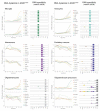




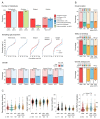
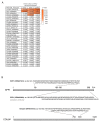
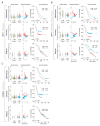
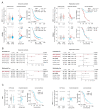


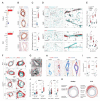

Comment in
-
Is presymptomatic ALS perivascular?Nat Med. 2021 Apr;27(4):585-586. doi: 10.1038/s41591-021-01311-y. Nat Med. 2021. PMID: 33859434 No abstract available.
References
-
- Cook C, Petrucelli L. Genetic Convergence Brings Clarity to the Enigmatic Red Line in ALS. Neuron. 2019;101:1057–1069. - PubMed
-
- Boillée S, et al. Onset and progression in inherited ALS determined by motor neurons and microglia. Science. 2006;312:1389–1392. - PubMed
-
- Brown RH, Al-Chalabi A. Amyotrophic Lateral Sclerosis. N Engl J Med. 2017;377:162–172. - PubMed
Publication types
MeSH terms
Substances
Associated data
Grants and funding
LinkOut - more resources
Full Text Sources
Other Literature Sources
Medical
Molecular Biology Databases
Research Materials
Miscellaneous

